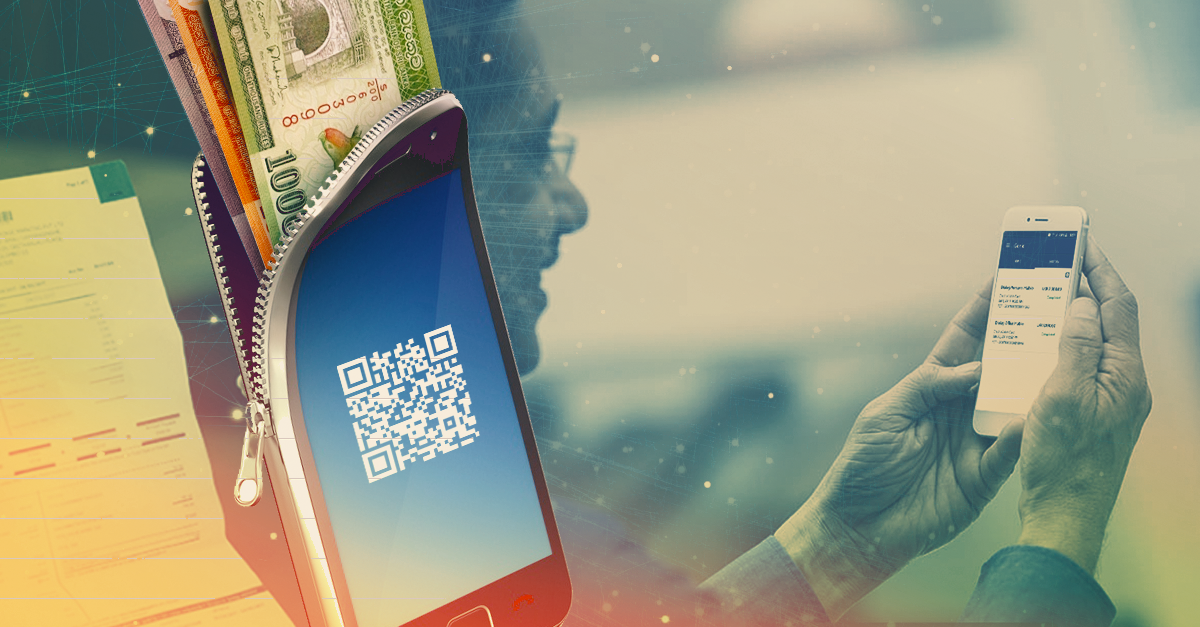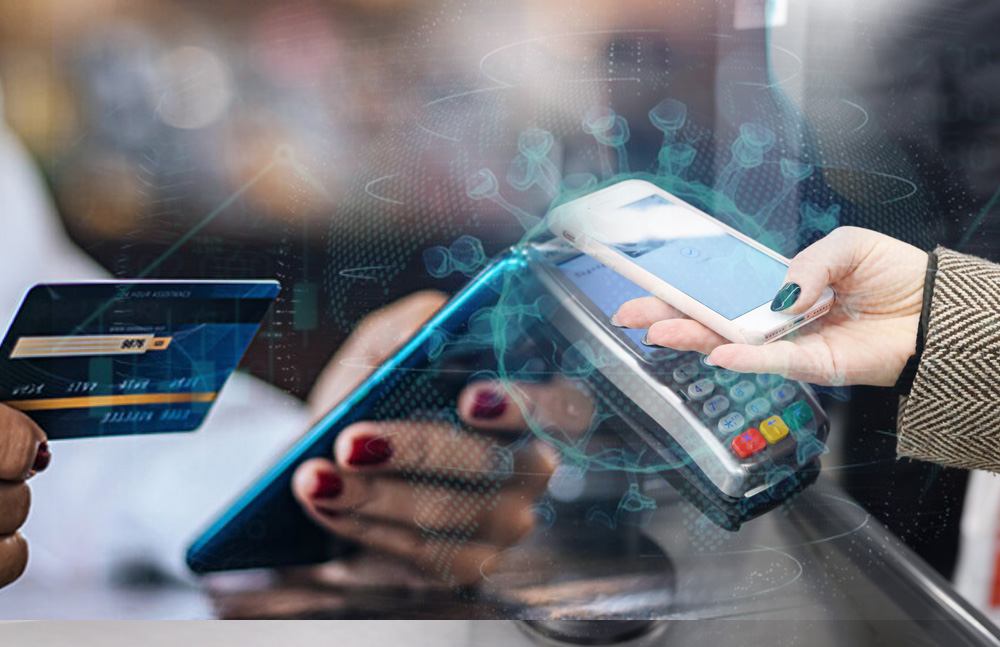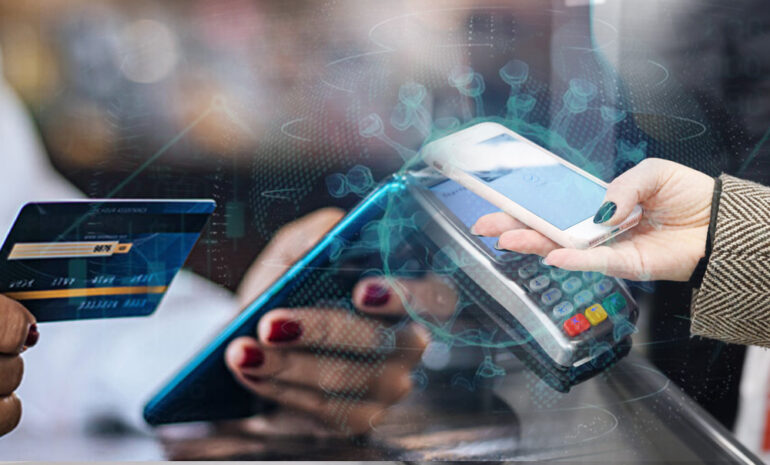Introduction
The conduct of financial transactions has undergone a notable transition in Sri Lanka in recent times. The financial landscape has completely changed with the introduction of digital payments, which have improved accessibility, efficiency, and convenience for millions of people and businesses around the island nation. Let’s take a historical tour to investigate the development of digital payments in Sri Lanka.
Early Beginnings: Introduction of ATM and Debit Cards
The advent of Automated Teller Machines (ATMs) in the late 1980s was the first significant turning point in Sri Lanka’s digital payment history. This invention lessened reliance on regular banking hours by enabling people to check their account balances and withdraw cash at any time of the day.
Subsequently, the advent of debit cards during the 1990s signified yet another noteworthy advancement. With the convenience of using debit cards instead of cash, customers could make transactions straight from their bank accounts.
Emergence of Electronic Funds Transfer
Sri Lanka saw the introduction of Electronic Funds Transfer (EFT) services at the start of the new millennium. This advancement made it possible to quickly and securely move money across several bank accounts, decreasing the need for actual cash for transactions.
Mobile Banking and USSD Technology
The widespread use of mobile phones created a new channel for digital payments in the middle of the 2000s. With the introduction of mobile banking services, users could now do a variety of financial operations using their mobile devices. Access to fundamental financial services was further increased with the use of Unstructured Supplementary Service Data (USSD) technology, even for those without cellphones.
The Rise of Payment Cards and E-Commerce
Payment cards, such as credit cards and prepaid cards, became more and more common as the decade of 2010 progressed. This made it easier for people to shop online and do business, creating a whole new universe of possibilities for both parties. Customers in Sri Lanka could now easily buy goods and services from both domestic and foreign sellers.

QR Code Payments and Digital Wallets
The introduction of QR code payments marked a significant shift towards cashless transactions. This technology simplified payments, allowing users to scan a code to make a purchase or transfer funds. Digital wallets, such as those offered by mobile network operators and financial institutions, became increasingly prevalent, providing a convenient and secure way to store money digitally.


